In the overcrowded market of family hatchbacks, how well will the Opel stand out? In this case, very.
There are many ways of transporting a bike. Some of us will fold down the rear seats and stuff the whole bike into the car. Others will spend some time strapping on a trunk-mounted bike carrier and a few will balance their rides on top of roof-mounted carriers. Yes, the idea of transporting bikes by cars isn't new but as we found out, the new Opel Astra 1.4T does it rather differently.
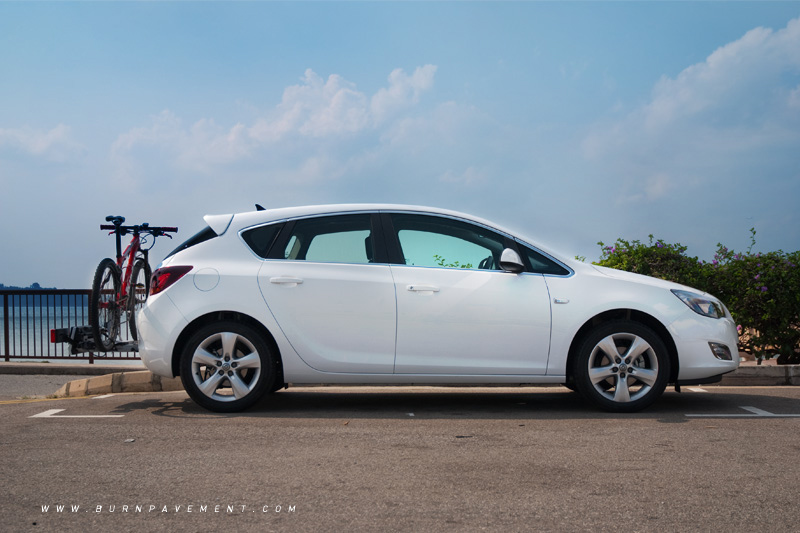
Beautiful isn't it? No ungainly straps that flap around at speed, no roof racks to spoil the nice curves of that roof and most importantly, it is not that difficult to use. Best of all, you won't be pulled over by the cops because your lights and number plates are still fully visible.
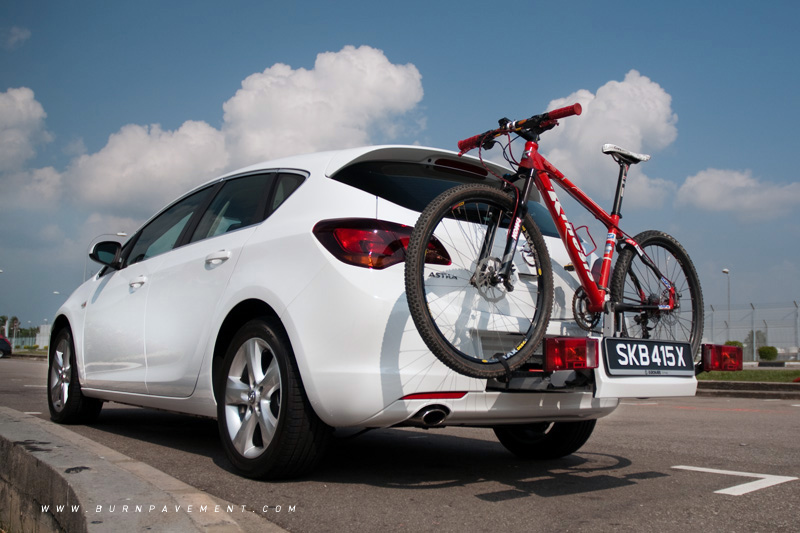
The design of the Astra's bike carrier does mimic the racks that attach to trailer hitches. Called the FlexFix Bike Carrier, it is operated with a lever located on the boot sill. Setting up the carrier is a little daunting at first but with practice, we managed to have it set up in under a minute.
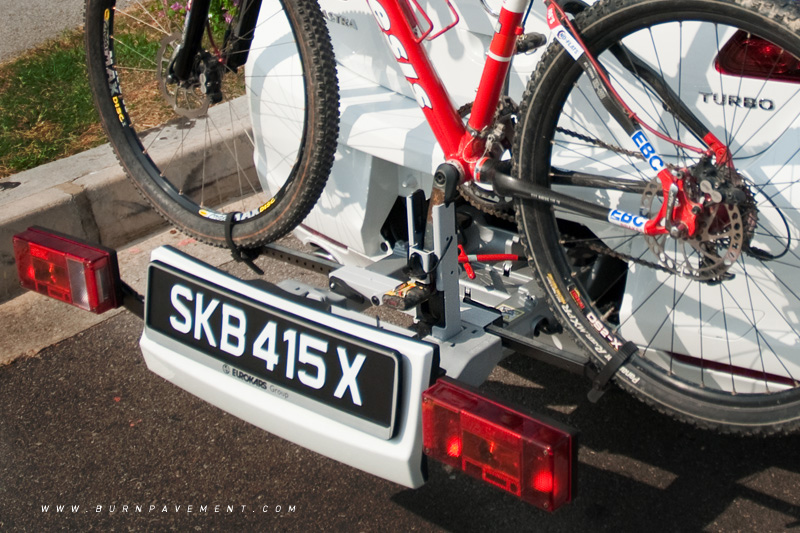
The bike is held steady at three points, the two wheels and the crank arm (which is one of the strongest parts of a bicycle). Most of the bikes we tried fitted without a problem, however, we did find an issue with several bikes that had a very high bottom bracket (BB) height, such as the Mountain Cycle San Andreas. A bicycle with a high BB height is designed to clear rocks and logs easily. On the Astra however, this meant that the bike had to sit lower on the carrier, which in turn puts the front or rear wheel closer in-line with the exhaust tip. That little issue aside, the carrier is sturdy enough to carry 40kg, which is sufficient to carry two burly bikes to your next epic ride.
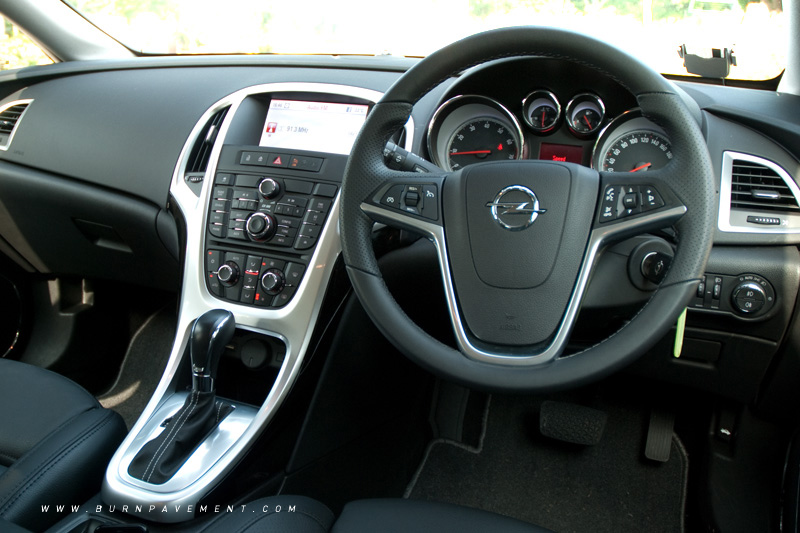
The interior of the Astra is a pleasant place to be with contrasting trims that sweep around you. The centre-mounted LCD screen sits atop a logically laid-out control panel. It's a little bit of a button cluster but it's easy to operate. The cabin feels spacious, although some space from the rear headroom and boot is pinched by the sloping roof line. Still, there is a good serving of storage areas around the cabin and the boot has the FlexFloor load separating system that helps to create more space in the boot. Noise insulation in the Astra is very good, save for the slight gruff of the engine at high RPMs.
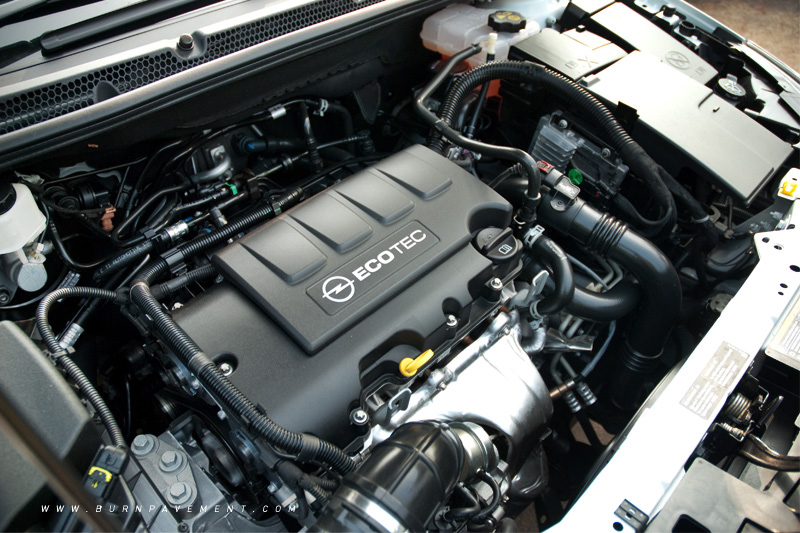
Under the hood beats a keen-sounding 1.4 litre turbocharged Ecotec engine that delivers the goods in the mid of the rev range. The Astra's straight-line performance is best described as brisk. However, the torque converter based six speeder does make the gear shifts felt and it lacks a sense of urgency if you need an instant kick down for overtaking. For demanding drivers, you will have to go into manual sequential shifting mode to wring out the best from that engine. When it comes to stopping, the brakes deliver a good bite and have a very good pedal feel.
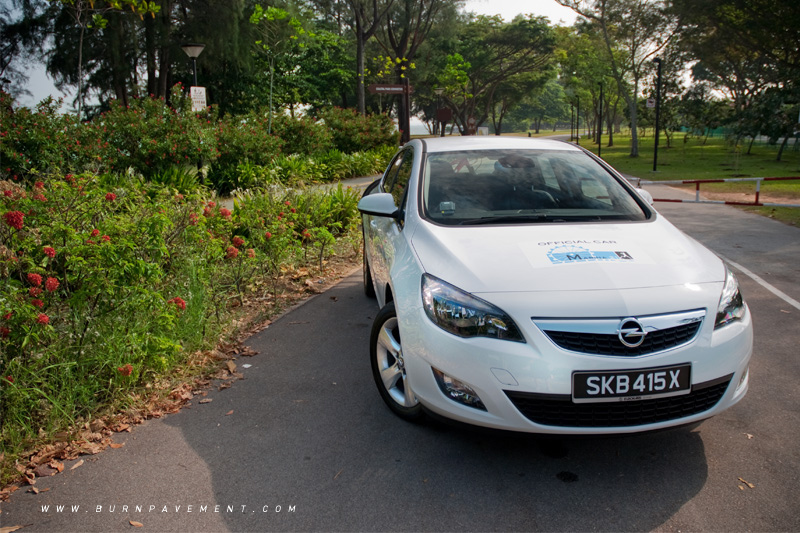
When it comes to driving senations, the Astra feels like a much bigger car. It delivers a very compliant ride, sticks to the road well and has decent body roll control through the corners. The well-weighted steering does feel numb, but it is very precise, should you fancy a small blast on a twisty road. The feeling of “over assistance” is present in the Astra, but this makes this a much more liveable daily drive.
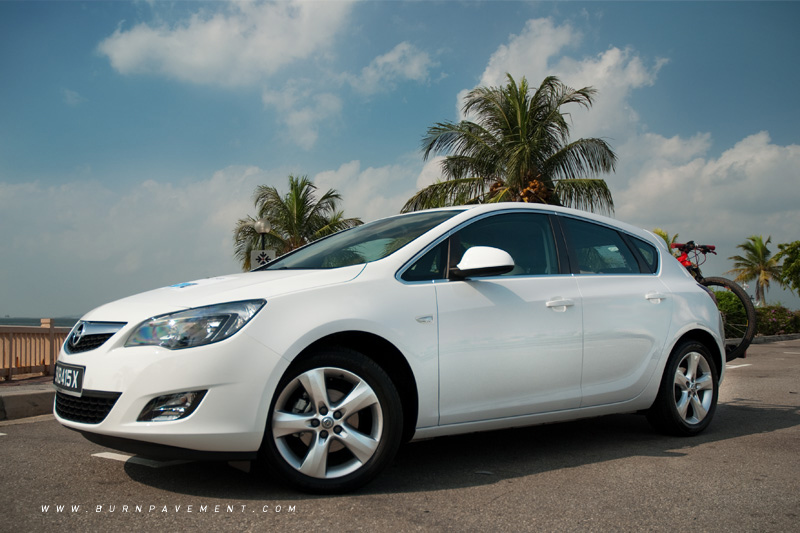
To sum it all up, the Astra is a very potent challenger to the rest of the family hatchbacks. It covers all the bases in practicality, style, interior space, comfort, performance and value for money. At time of publication, it is going for S$139,888, which is spot on for this category. Sportier drivers should consider an extra S$7,000 for the 1.6 litre variant which comes with more poke and frills like HID headlamps. If golf is not within your focus, this car deserves a very, very good look.
